Our Blog
Blog All Items Title
All Recent Articles
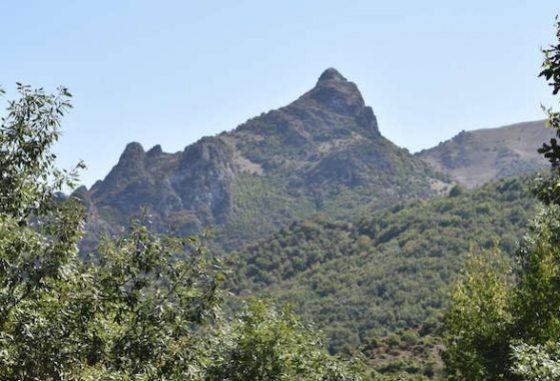
Plant Exploration in Azerbaijan
Plant exploration is vital to bringing new and potentially useful plants to Longwood Gardens. These plants may be used for various purposes: creating displays, systematically building our collection of over 11,000 types of plants, breeding new plants, or for plant conservation. For the past two years we have targeted the Caucasus region, which encompasses the countries of Armenia, Azerbaijan, and Georgia, to search for new hardy plants.
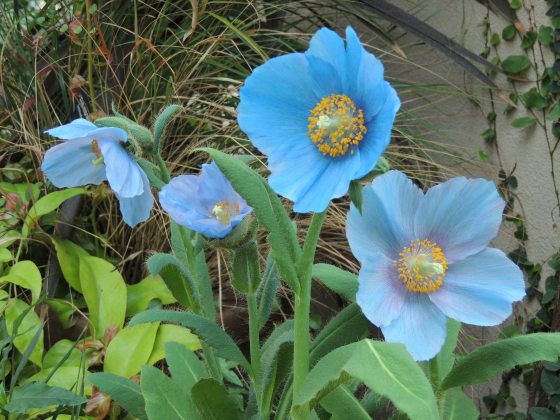
The Allure of Blue
Every March, a special botanical and horticultural rarity goes on display that creates a palpable excitement and fervor among our guests—the fabled Himalayan blue-poppies (Meconopsis ‘Lingholm’). They are poster children for a horticultural pursuit from which no plant group is immune—the quest for blue flowers. There are other blue-flowered plants, but why are they so rarely encountered and why are they so alluring?
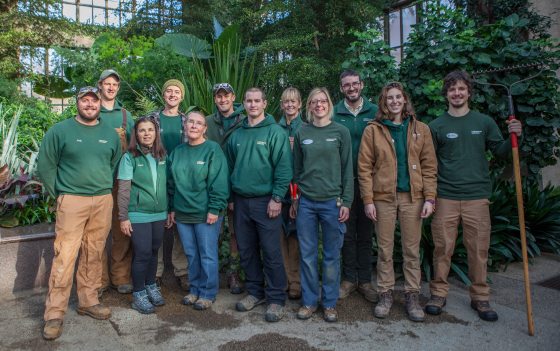
Longwood Staff Assist with Hurricane Irma Recovery
Four months after Hurricane Irma slammed into Florida’s Gulf Coast, some public gardens are still picking up the pieces. On December 10, 2017, Longwood sent a team of 12 staff members to Florida to assist with post-hurricane recovery at Montgomery Botanical Center (Coral Gables), Naples Botanical Garden, and Vizcaya Museum and Gardens (Miami), all of which suffered extensive damage.
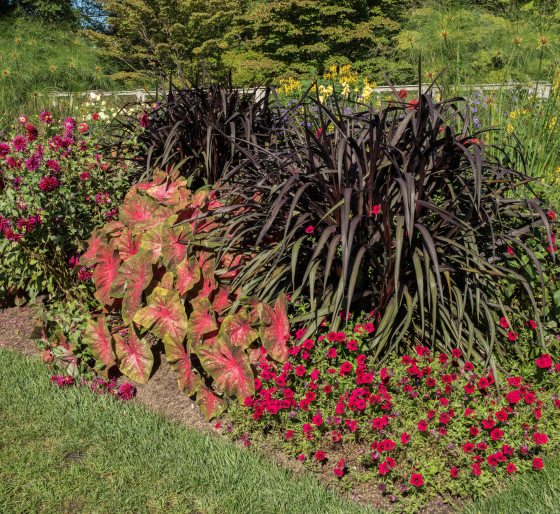
Flamenco Dancer Stomps on Competition
In October we wrapped up our third season of a friendly competition in our Trial Garden. Our gardeners submitted plant combinations and designs that were showcased for all of our guests to enjoy—and vote for their favorites!
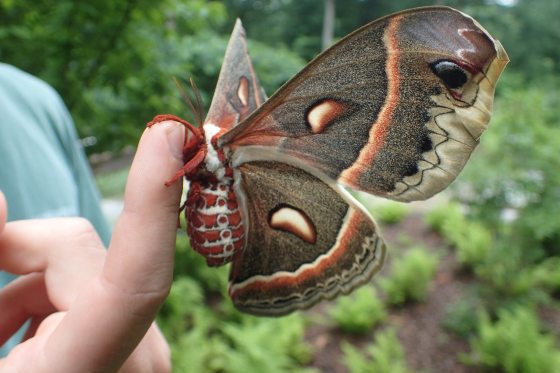
Shedding Light on Moths
This July, in the dark of the new moon, an unusual celebration will be taking place all over the United States. No, it’s not the Fourth of July—it’s National Moth Week! From July 22 through July 30, nature lovers and moth enthusiasts across the country will be celebrating these secretive, under-appreciated insects.
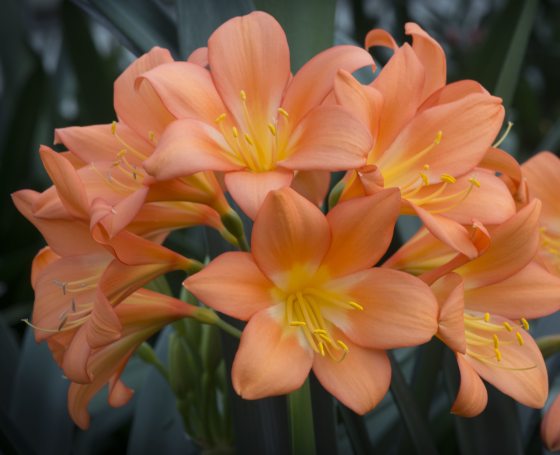
Longwood Releases Clivia miniata ‘Longwood Sunset’
With soft, pastel-colored flowers, Clivia miniata ‘Longwood Sunset’ is a color breakthrough for our 40-year-old clivia breeding program. Apricot and peach tones imbue the reflexed, overlapping tepals with hues of a blushing sunset. Before being named and released, ‘Longwood Sunset’ received multiple awards at the North American Clivia Show in 2014. This year ‘Longwood Sunset’ will be exclusively available for purchase through a partnership with White Flower Farm.
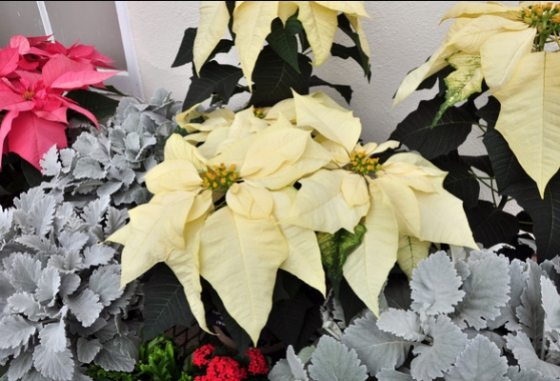
Euphoria Over Euphorbia: Our Poinsettia Panel
Every year during A Longwood Christmas, we feature a small, tucked-away display of poinsettia cultivars in our North Passage (adjacent to our Bonsai display). These varieties are part of our efforts to continually improve the quality of our horticulture displays and introduce new plants to our guests. Midway through the Christmas season, a panel of gardeners, growers, researchers, and our display designer meet up to evaluate the poinsettias and decide which plants we want to grow in the future. Here are some of the panel’s thoughts from this year.
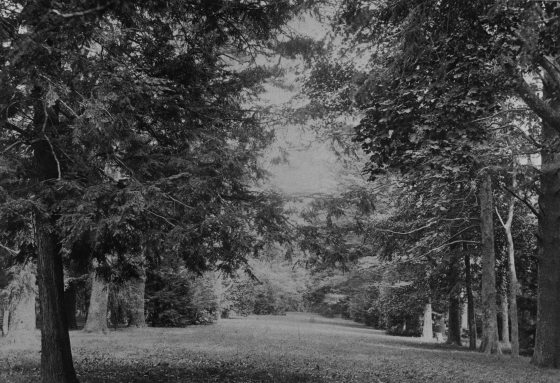
Longwood Gardens Achieves ArbNet Level IV Accreditation
When our founder, Pierre S. du Pont, purchased the property where Longwood Gardens now stands, he did so to rescue and conserve an exceptional collection of historic trees originally planted by the Peirce family. Peirce family members, who began farming the land in the 1700s, were interested in natural history and planted an arboretum covering 15 acres. Since the time of du Pont’s purchase, we have continued to protect the original stand of trees—now called Peirce’s Park—while developing and adding to the collection.
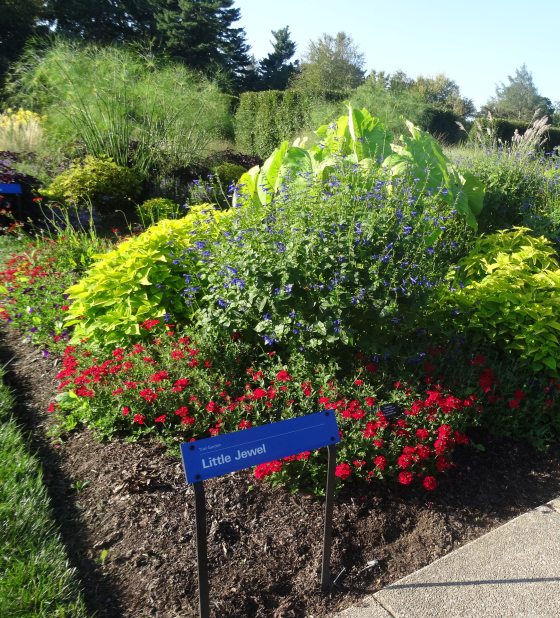
Little Jewel Wins Big
For a second season, staff members from all corners of the Gardens used their creative talents to design garden plots in our Trial Garden—all while engaging in a friendly competition. The process is a way for us to showcase new plants for our guests, evaluate each plant’s suitability for our display, and spotlight our staff’s design talents. Participants selected three to eight plants from a list of more than 160 plant species and cultivars. This year we had a total of 15 different combinations, including the top three combinations from last year's Trial Garden. The results are in!
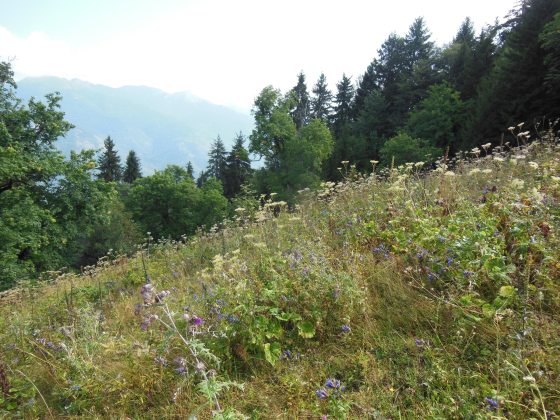
Plant Exploration in the Republic of Georgia
Plant exploration plays a vital role in Longwood’s efforts to bring new plants into the Gardens. We travel to targeted regions throughout the world to find new plant species, which we then bring home to grow and evaluate. I recently finished a collection trip to the floristically rich Republic of Georgia; the goal of the trip was to explore seldom-visited regions of the country to search for and collect new species of woody and herbaceous plants.
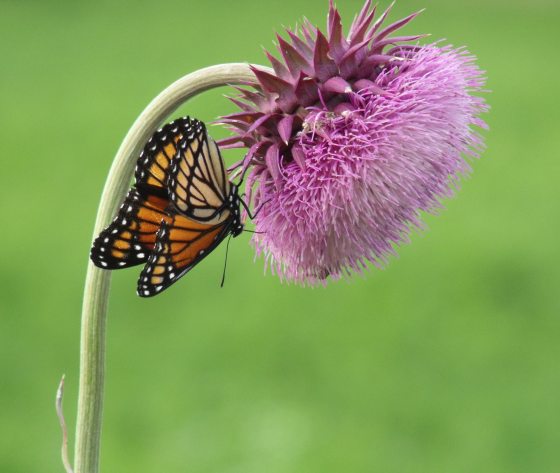
Butterflies of Longwood
Like many gardens throughout our region, Longwood has been doing its part to help the monarch butterfly. A wonderful byproduct of these efforts is that many other native butterflies also benefit. In fact, Longwood's Meadow Garden is home to dozens of different butterfly species, with more being identified each year as the landscape matures. While many of these butterflies are important pollinators like the monarch, others will ignore flowers almost entirely, and are drawn to the Meadow Garden for other reasons. Indeed, in order to enjoy these beautiful insects, we need to manage their habitat in ways that benefit all of their different life stages—larva (caterpillars), pupa (chrysalises), and adults (butterflies).

Plant Exploration in Japan
Plant hunting often conjures images of remote, steamy jungles rich in exotic species new to gardens and science. While scientists from Longwood Gardens often participate in such expeditions to discover plants for our displays, the truth is that plant hunting and exploration can take on myriad forms. One of the most efficient ways of obtaining new and useful plants is to visit nurseries across the globe. Since many countries have well-established nursery industries, this type of plant exploration can be particularly useful for investigating the latest plant introductions from around the world.
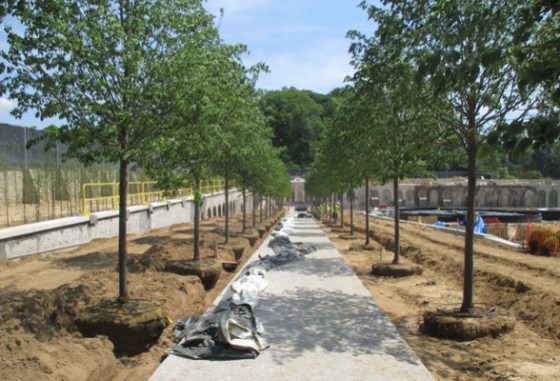
Super Soil: Designing Soil for the Main Fountain Garden
“Great soil is the foundation for a great landscape,” explains Claire Agre. A landscape architect, Agre is also a principal at West 8 urban design and landscape architecture, a design firm responsible for the execution of parks, gardens, waterfronts, and public spaces around the world. West 8’s latest project is to lead the landscape design of the Main Fountain Garden, including the planting of more than 2,600 boxwood in an exuberant hedge, 168 linden trees in Allee formation, and the development of additional pathways, furnishings, and fixtures for guests to enjoy. Great care was taken in all aspects of planning the Garden, from plant selection to bench design, but perhaps the most intensive aspect of the project was designing the soil upon which the Garden would thrive. But how does one design soil?
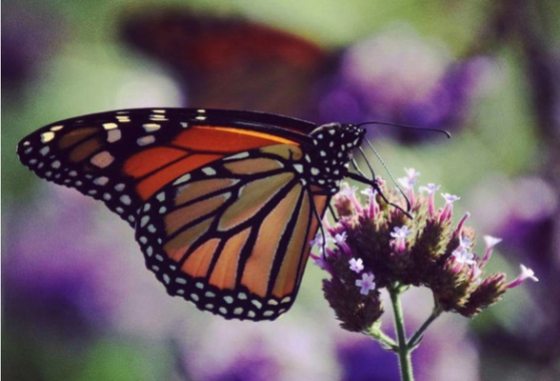
Save the Majestic Monarch
The Meadow Garden at Longwood is a beautiful space that helps to inform visitors about native and naturally producing flora throughout the seasons. The Meadow Garden also illustrates how native plants can be used in our own gardens both for aesthetic benefit and wildlife habitat. Each habitat in the meadow demonstrates the complex interrelationships of plants, insects, birds, amphibians, and many other small animals. Sadly, in recent years the beloved monarch butterfly (Danaus plexippus) has been in decline due to habitat destruction. The good news is we can work to reverse this trend in our own gardens.
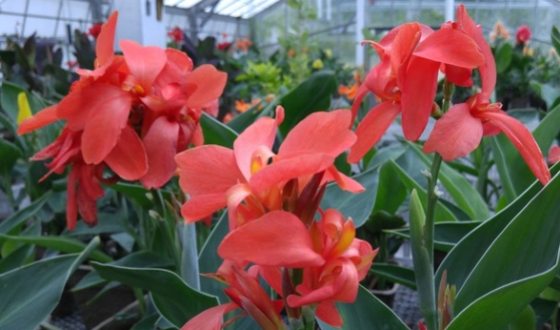
Introducing Canna ‘Longwood Simply Salmon’!
Our plant family is welcoming a new addition this summer: Canna ‘Longwood Simply Salmon’! This canna was bred here at Longwood and is being released commercially under the Longwood Gardens name. Canna is a genus of large tropical and sub-tropical rhizomatous perennial plants with showy flowers and foliage. Canna ‘Longwood Simply Salmon’ is a compact, virus-free cultivar with showy, salmon-colored flowers. Cannas have a strong presence at Longwood, as a favorite feature in our summer display. They also have a long history within our Research division.
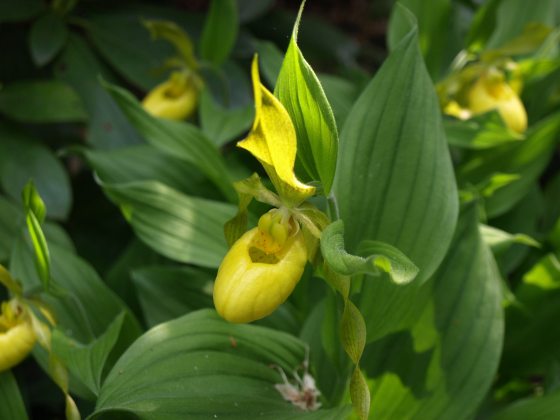
Native Orchid Conservation at Longwood Gardens
When you think of endangered species and conservation programs, you may think of our nation's zoos and aquariums and their work with wildlife preservation. Native flora may not come immediately to mind, but in Pennsylvania alone, the US Department of Agriculture lists almost 300 plants as endangered or threatened. Pennsylvania is home to nearly 60 species of native orchids. Some are among the showiest and most charismatic members of our native flora, but most are rare and threatened in the wild. Climate change, invasive species, habitat loss, and a booming white-tailed deer population have decimated many orchid populations in Southeastern Pennsylvania and across the region. To combat these issues, and to provide critical information about the propagation and growth of native orchids in cultivation, our Research Team at Longwood Gardens is developing a conservation program.

Making Our Blooms Count
Phenology is the scientific study of nature’s seasonal events—when cherry trees bloom and when birds choose to nest, for example. Studying phenology is a great way of getting outside and observing nature. Longwood Gardens has been observing and collecting the phenological data of when plants boom in our Gardens for many years. The data collected helps predict when plants will bloom each year, when to collect pollen for breeding programs, when to photograph flowers, or to let guests know the best time to visit to see a specific bloom. We are lucky to have a team of 15 trained observers who are dedicated to this important task.
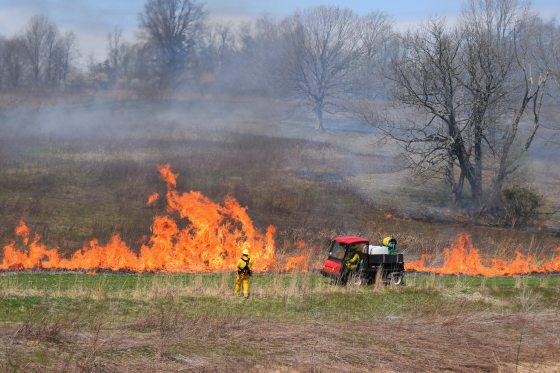
Fire in the Meadow: A Beneficial Burn
This spring we have been feeling the heat in the Meadow Garden! This 86-acre space at Longwood combines horticulture and ecology to create an environmentally sensitive landscape. Although this area of rich biodiversity may seem wild and maintenance free, meadows actually require regular attention. A typical meadow like the one here at Longwood requires regular scouting for invasive plants, the removal of woody plants, and a yearly mowing or burning. Historically, meadows in the eastern U.S. burned naturally as a result of lightning storms, or by Native Americans, who used fire to maintain plant communities and manage game animal populations. At Longwood, we have been practicing prescribed burns since the mid-1980s, with specific areas being burned on a rotational basis. This year a prescribed burn of our Meadow Garden was carried out on April 6.
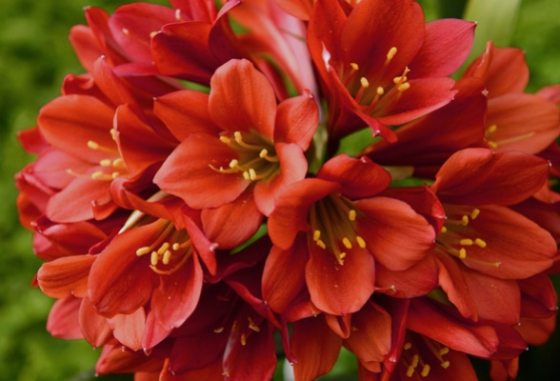
Introducing Clivia miniata ‘Longwood Chimes’
We are pleased to announce the release of Clivia miniata ‘Longwood Chimes’. This is the fourth named clivia introduction from our breeding program, which was started by Dr. Robert Armstrong in 1976. The flowers of ‘Longwood Chimes’ are a complex blend of bronze and burnt oranges with dark red overtones and a green throat. The red flush of the flowers, framed by leaves of dark olive green, deepens to dark red as the flowers age. ‘Longwood Chimes’ catches the eye of the clivia connoisseur and the novice alike. ‘Longwood Chimes’ will be on display on the fern floor in Exhibition Hall at the North American Cliva Show at Longwood on March 12–13, 2016. Because it is a plant that is slow to multiply, a limited number exist. This year Longwood Gardens will be offering a single plant of Clivia miniata ‘Longwood Chimes’ for auction on eBay. Bids will be accepted March 11–21, 2016.
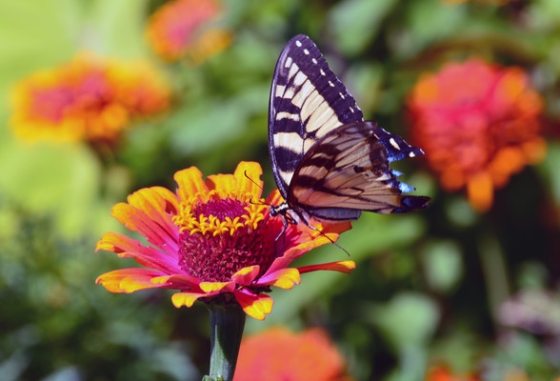
Gardens On Trial: And the Winner Is ...
Something new happened in the Trial Garden this summer. For the first time, Longwood staff members from throughout the Gardens were given the opportunity to design their own plant combinations. Those who participated had to select three to eight plants from a list of over 160 plant species and cultivars. With 26 different combinations, our guests had the difficult task of choosing their favorite three garden beds. Look to see if your vote was one of the winning combinations!